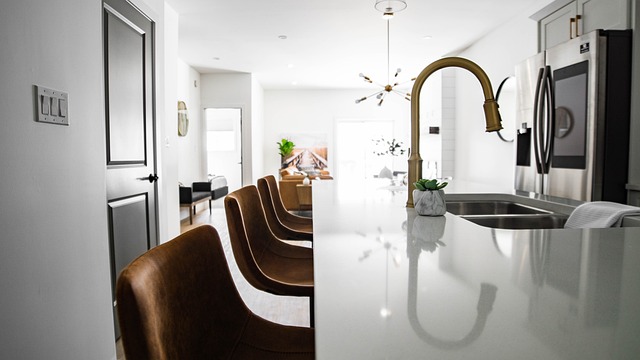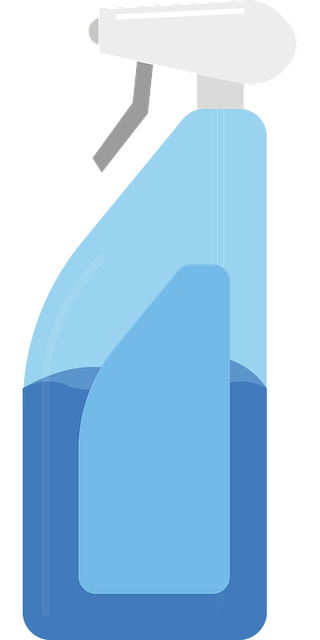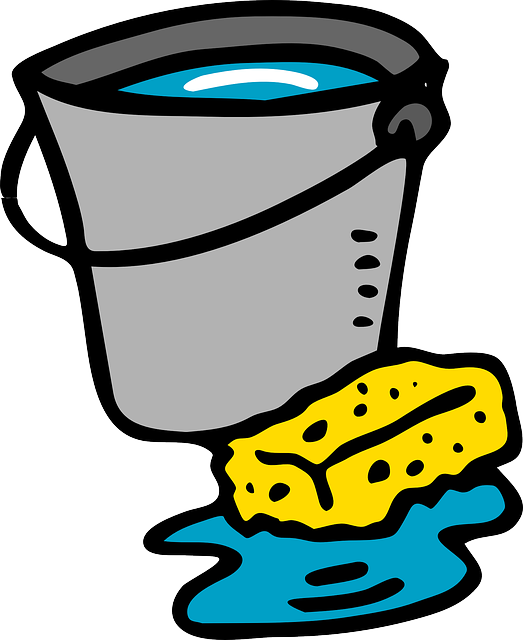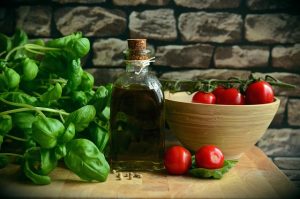Tile sealants are crucial for maintaining kitchen floor cleanliness and longevity by preventing stains, simplifying cleaning routines, and fostering a safer environment. When choosing between oil-based or water-based sealers, consider durability vs. odour and drying time. Different tile materials require specific sealers to prevent water absorption and staining; silicone sealers are ideal for high-moisture kitchens. Before sealing, clean and dry the floor thoroughly, repair cracks or gaps, and select a suitable sealant (acetone, water-based, or silicone). Apply two coats evenly, following manufacturer instructions, for enhanced stain and moisture resistance. Regular maintenance includes daily sweeping/vacuuming, mild pH-neutral cleaners, deep cleaning with warm water and detergent, and prompt floor drying to preserve the sealant's effectiveness.
Tile sealing is an essential step in maintaining a clean and durable kitchen floor. This article delves into the world of kitchen tile sealants, exploring their crucial role in both cleaning and protecting your tiles. We’ll guide you through the benefits of sealing, types of sealers (oil-based vs. water-based), selection tips, application techniques, and maintenance advice to ensure your kitchen floors stay in pristine condition. Discover how regular sealing enhances kitchen floor cleaning, providing long-lasting protection against stains and moisture.
Understanding Kitchen Tile Sealants: Their Role in Cleaning and Protection

Tile sealants play a crucial role in maintaining the cleanliness and protection of kitchen floors. They create a protective barrier between your tiles and potential stains, making kitchen floor cleaning significantly easier. When applied correctly, these sealants fill in pores and microscopic spaces on the tile’s surface, preventing grease, grime, and other common kitchen contaminants from settling in.
By using kitchen tile sealants, you can ensure that your floors remain sleek and free from unsightly marks. Moreover, they offer long-lasting protection against water damage and humidity, which are common issues in kitchens. Regular cleaning routines become more manageable as sealants reduce the need for harsh chemicals, keeping your kitchen environment safer and more hygienic.
Benefits of Sealing Your Kitchen Floor

Sealing your kitchen floor offers a multitude of benefits beyond just aesthetics. It creates a protective barrier against moisture, preventing water damage and allowing for easier cleaning. This is particularly important in kitchens, where spills and leaks are common occurrences. With a sealed floor, cleanup becomes a breeze; simply wipe away debris without the need for harsh chemicals or extensive scrubbing.
Moreover, sealing enhances the durability of your kitchen floor. It shields against stains, ensuring your tiles stay looking fresh and new for longer. This not only saves you time and effort in maintenance but also adds value to your home. A well-maintained, sealed kitchen floor can make a significant difference in the overall appeal and functionality of your space.
Types of Tile Sealers: Oil-based vs. Water-based

When it comes to tile sealing for kitchens, understanding the differences between oil-based and water-based sealers is key. Oil-based sealers have long been the go-to option due to their superior durability and protection against stains. They are particularly effective for kitchen floors that are prone to grease and oil build-up from cooking and cleaning. However, oil-based products can be more challenging to work with, emitting strong fumes and taking longer to dry.
In contrast, water-based sealers offer a more environmentally friendly alternative with minimal odours and faster drying times. They are suitable for both kitchen and bathroom tiles and provide good protection against water stains and dirt. While they might not last as long as oil-based options in terms of durability, water-based sealers are often preferred for their ease of application and quick turnaround, making them ideal for busy households where convenience is a priority, especially when it comes to kitchen floor cleaning.
Choosing the Right Sealer for Your Kitchen Tiles

Choosing the right sealer for your kitchen tiles is a crucial step in maintaining a clean and durable surface. Consider factors like material type—porcelain, ceramic, or natural stone—as each requires a specific sealer to prevent water absorption and staining. For instance, silicone sealers are ideal for high-moisture areas like kitchens due to their flexibility and water resistance.
When selecting a sealer, look for products designed specifically for kitchen floors, as they often offer enhanced protection against grease, grime, and spills—common issues in these spaces. Always follow manufacturer instructions for application, allowing the sealer to cure properly so that it forms an effective protective barrier on your kitchen tiles, enhancing both their aesthetics and longevity.
Application Techniques: A Step-by-step Guide

Tile sealing is an effective way to protect your kitchen floor from stains and moisture, enhancing its longevity and aesthetic appeal. When it comes to application techniques, a step-by-step guide can make the process more manageable. Begin by ensuring the kitchen floor is thoroughly cleaned and dry. Use appropriate cleaning solutions for kitchen floors to remove any grease, dirt, or debris. After cleaning, inspect the tiles for any cracks or gaps that might need repair before sealing.
Next, choose a suitable sealant based on your tile type and desired protection. Sealant options include acetone-based, water-based, or silicone-based formulas, each offering different levels of durability and sheen. Apply the sealant using a brush or roller, following the manufacturer’s instructions for even coverage. Start from one corner and work your way across, ensuring every tile surface is sealed evenly. Allow the first coat to dry completely before adding a second coat for enhanced protection against stains and moisture damage, resulting in a cleaner and more durable kitchen floor.
Maintenance Tips to Keep Your Kitchen Floors Sealant-protected

Regular maintenance is key to keeping your kitchen floor sealant in top condition, ensuring its longevity and protective properties remain effective. Start by sweeping or vacuuming your floors daily to remove any debris, grease, or food particles that could damage the sealant. Avoid using harsh chemicals or abrasive cleaners, as they can erode the sealant over time. Opt for a mild, pH-neutral floor cleaner specifically designed for kitchen use.
Deep cleaning your kitchen floor regularly is also essential. This involves mopping with warm water and a gentle detergent, followed by a thorough rinse to remove any residue. For tough stains or grime, use a soft-bristled brush to gently scrub the affected areas before rinsing thoroughly. Remember, excessive moisture can harm the sealant, so always ensure your floors are dried promptly after cleaning.
